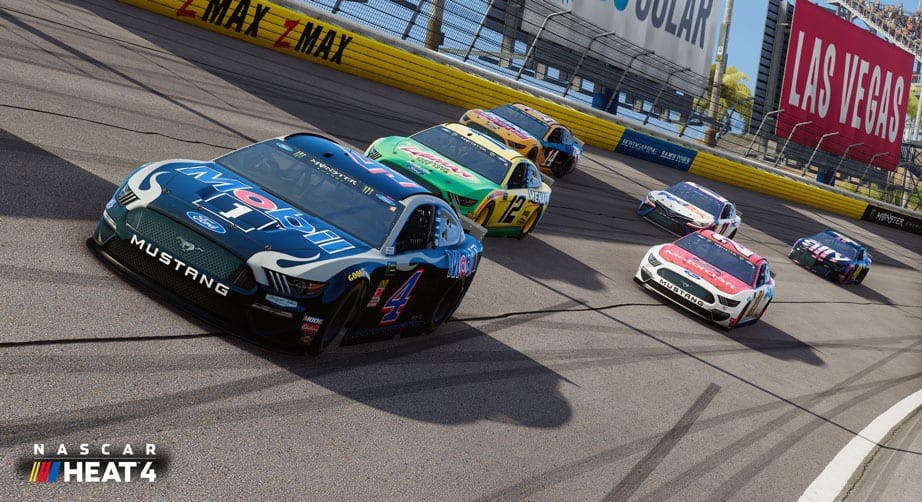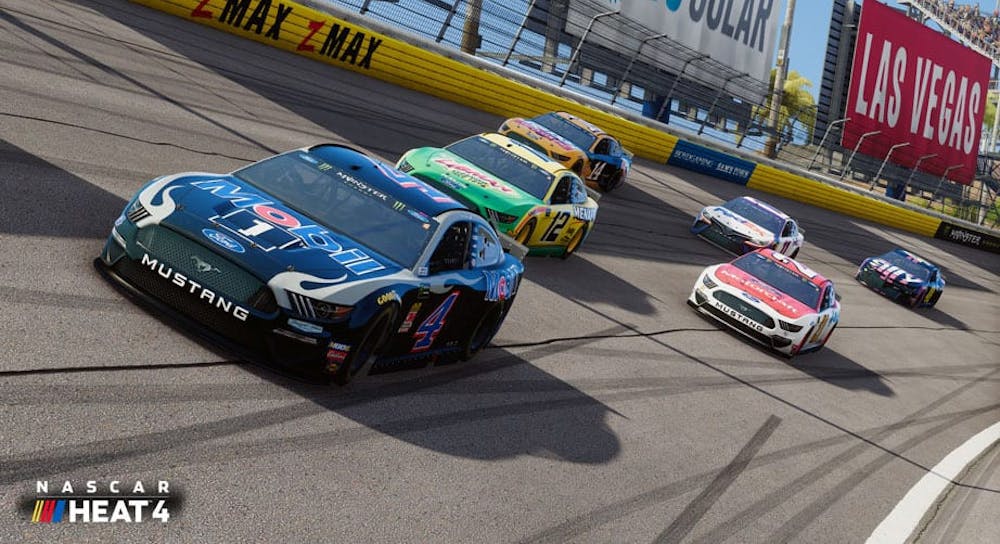On Sunday afternoon, veteran driver and former champion Kevin Harvick stormed to victory in NASCAR’s Brickyard 400 at the famed Indianapolis Motor Speedway after a late battle with fan favorite Joey Logano. Late drama further back saw the final two playoff spots change hands in a crash-filled slugfest of a race, one of the sport’s feature events.
The drivers did so in front of an estimated 60,000 fans at the racetrack, reversing the tracks recent downward attendance trend. These are impressive numbers, until you compare them with the 250,000 spectators who took in May’s open-wheel Indianapolis 500 in the same bleachers, or the 200,000-plus who attended this exact NASCAR event in the mid-1990’s.
At a time when live sports are as healthy as ever in the United States, and when auto racing is experiencing something of a renaissance, NASCAR is struggling. Once the undisputed king of American motorsport, NASCAR is plagued by plummeting attendances, sinking TV ratings, and the widespread alienation of a fanbase once regarded as intensely loyal.

It is important to note that, despite the steady decline from its peak in the late 20th century, NASCAR is still a valuable enterprise. Current television broadcast deals average over $800 million per year through 2024, according to a Forbes article published last year.
Despite the cash inflows, the sport featuring extremely expensive equipment that is moved cross-country on a weekly basis incurs appropriately high operating costs, meaning that television money does not trickle down to teams as profit nearly as much as in other sports.
NASCAR’s big teams comfortably run a four-car operation throughout the season, relying heavily on money from team and car sponsorships to pay the bills, although they have seen declining profits in recent years. Smaller teams, however, struggle to acquire and retain sponsors – largely in part due to NASCAR’s declining audience and exposure statistics – and face a challenge just to stay afloat financially, much less field multiple cars or compete with the top brass.
Such a difference in budgets hurts the integrity of the sport’s competition, and the financial barriers to entry deter would-be newcomers to the sport. NASCAR races are capped at 40 cars per event, but most of the regular-season events have fewer entrants and rarely is more than half the field remotely competitive in any given race.
NASCAR’s governing body has made repeated efforts to appeal to a new, younger fanbase – from changing the way points are scored throughout the season year over year to splitting its races into stages – to maximize potential for dramatic endings and storylines.
Competing circuits like the open-wheeled IndyCar series, however, and the globetrotting Formula 1 organically deliver the high-octane drama – higher speeds, shorter races, character-driven drama – that NASCAR so desperately tries to manufacture, and this is reflected in the growth of those series over the same time period in which NASCAR has declined.
The artificial changes have drawn the ire of the sport’s most loyal fans, who value tradition above all. Most fans of NASCAR today have supported the series for decades, and many have voiced their displeasure with the sport’s departure from what made it so appealing to them in the first place. The angry supporters have spoken with their wallets, and NASCAR is not drawing enough of the new, younger crowd to replace the lost revenue.
Our generation of sports fans is drawn more than ever to star power, jaw-dropping highlights, and bursts of action and excitement. NASCAR did not deliver those moments with any regularity in its heyday, and it is failing to do so now. While the sport is certainly not dead, the bureaucratic and financial difficulties coupled with the changing nature of sports fandom make it hard to imagine a future in which stock car racing ever returns to its former stature.
Kyle Beck can be reached at kyle.beck1@student.shu.edu. Find him on Twitter @notkylebeck.





